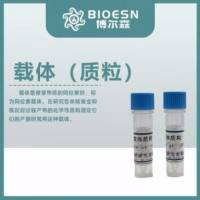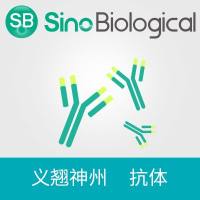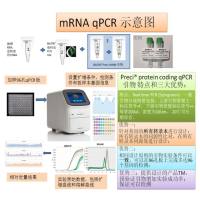Introduction: The Use of Transgenic Mice in Biomedical Research
互联网
1012
Recently, transgenic technologies to express cloned genes in the mouse have become fully mature. These advances have made the mouse one of the most useful animal models for biomedical research. The main strength of the mouse, compared with other model organisms, such as worms (Caenorhabditis elegans ) and flies (Drosophila melanogaster ), is that this mammalian model is highly comparable to the human in respect to organ systems, tissues, physiologic systems, and even behavioral traits. Moreover, the mouse carries virtually all genes that operate in the human. Hence, the mouse is unique in offering the possiblity to understand genotype-phenotype relationships that are relevant for unraveling the biologic role of these genes in the human. The advantages of the mouse over other mammalian model animals, such as the rat, rabbit, or pig are the availability of hundreds of genetically homogeneous inbred strains and the superior possibilities for gene modification in the germline. In addition, embryonic stem (ES) cells are widely available. Some of these advances originate from the fact that mice are easy to breed and have short generation times. Moreover, because of their small size, mice can be housed in large numbers, which keeps the costs of experiments within an affordable range.









